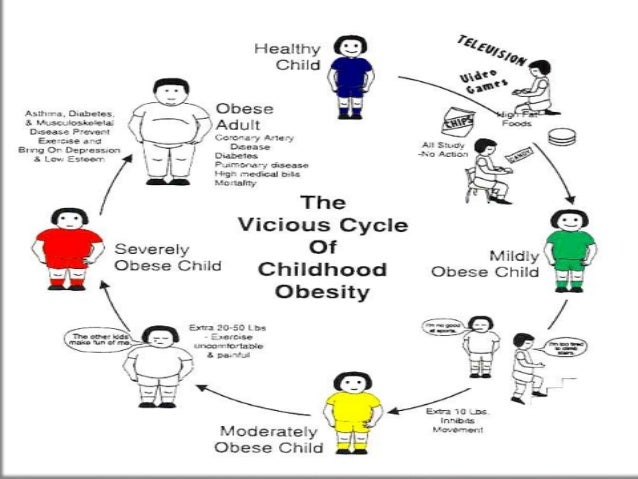In the United States from 2011 to 2012, 16.9% of children and adolescents aged 2 through 19 years were obese and 31.8% were either overweight or obese (Peek, 2016). These numbers are still rising and will continue to do so unless preventative measures are taken. Obesity that starts in childhood, can continue through adulthood leading to an increased risk of later developing health conditions such as coronary heart disease, cancer, and diabetes.
What are the leading factors?
- Body Mass Index (BMI)
- Physical activity
- Diet
- Behaviors

What are the risks?
Eating a poor diet during childhood can negatively affect growth and development during a vital time. With children spending such a significant amount of time in school, the food being provided can impact childhood obesity. A child with an obese parent is more at risk of becoming overweight. Having an inactive lifestyle such as watching over two hours of TV a day can also increase the risks. The behaviors that we have as children can continue to adulthood, making them harder to change.
What can be done?
- Limiting the consumption of sugar
- Consuming a balanced diet
- Limiting television and screen time
- Eating breakfast daily
- Limiting dining out, especially at fast food establishments
- Encouraging family meals
- Limiting portion size
Prevention does not only need to happen at home. Families, doctors, schools, and communities should all get involved. By working together, we can all make a difference.
References
Emmett, P. M., & Jones, L. R. (2015). Diet, growth, and obesity development throughout childhood in the Avon Longitudinal Study of Parents and Children. Nutrition Reviews, 73175-206. doi:10.1093/nutrit/nuv054
Peek, L. A. (2016). Interventions in childhood obesity. Clinical Advisor, 19(11), 30-45
Schanzenbach, D. W. (2009). Do School Lunches Contribute to Childhood Obesity?. Journal Of Human Resources, 44(3), 684-709